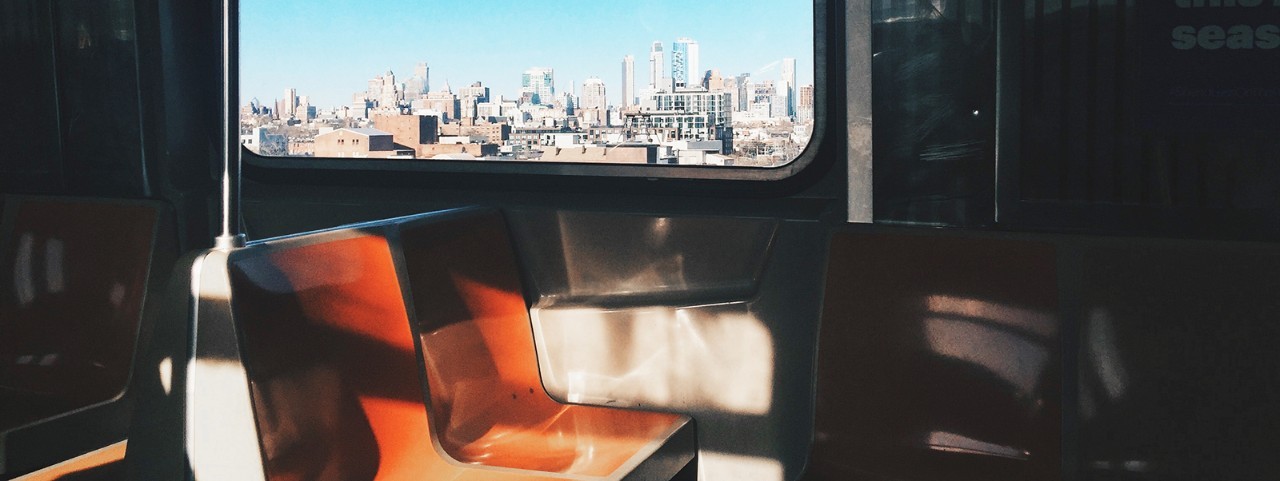The gradual reopening of the US economy has many people focusing on when they will go back to the office, and how. New research from the Oliver Wyman Forum suggests that mass transit will be slow to recover from the steep drop in ridership during the coronavirus pandemic without significant efforts to make those systems safer. Many people are looking to rely more on their car, walking, and riding their bicycle – or shunning commuting by continuing to work from home.
Some 36 percent of respondents who commuted by bus prior to the health crisis and 29 percent who took subways say they will be less willing to use those modes of transportation once stay-at-home orders are lifted, according to an Oliver Wyman Forum survey. Asked what measures would make them more comfortable to return to public transit, roughly three-quarters of these respondents said they wanted operators to ensure social distancing, while half or more wanted operators to increase the sanitization of vehicles.
For many people, the pandemic’s threat has made personal and private modes of transportation more attractive. Nearly two-thirds of people who typically drove their own car to work before the crisis say they would be more willing to do so once stay-at-home orders end; only four percent said they would be less willing to use their car. Nearly three in five walkers, and more than two in five motorcycle riders and bicyclists, say they will be more willing to commute those ways when they return to work.
The survey findings aren’t difficult to understand. The pandemic has taken its heaviest toll in places like the greater New York City metropolitan area and Chicago, where mass transit has long been an essential motor of economic and social activity. It’s unclear what role transit systems may have played in spreading the disease. MIT economist Jeffrey Harris has claimed a close correlation between subway ridership in New York City and neighborhoods with the greatest incidence of infection, but critics say his paper didn’t prove that the subway was a bigger factor than workplaces, schools, bars, or restaurants. Yet the coronavirus has claimed the lives of at least 123 employees of the Metropolitan Transportation Authority (MTA), which operates the city’s buses, subways and commuter railroads.
Since early May, New York has closed its subway for four hours every night, the first planned shutdown in the system’s 115-year history, to clean and disinfect trains, stations and equipment. Yet the economic fallout from the pandemic will challenge the ability of transit authorities to meet passenger demands. Mass transit ridership has fallen by more than 90 percent in some major US cities during the crisis. Even after receiving $3.8 billion from the Coronavirus Aid, Relief and Economic Security Act, New York’s MTA estimates it is facing another $4 billion or so in losses from the pandemic. Running buses and trains at reduced capacity, or greater frequency, to allow social distancing could worsen the financial strain.
Car travel isn’t immune to the pandemic’s economic damage either, our survey suggests. Some 29 percent of employed or furloughed survey respondents said they had delayed or canceled plans to buy or lease an automobile in the next 12 months, compared with 12 percent who have made new plans to buy or lease a car.
Technology may pose the greatest challenge to traditional modes of commuting by reducing the need for transportation as the economy reopens. Fully 57 percent of employed survey respondents said they had increased how much they work from home as a result of the crisis or had done so for the first time. Nearly two-thirds of these remote workers said they probably or definitely would continue to do so even after stay-at-home orders are lifted. What might get them back to the office? Half or more said they wanted employers to ensure social distancing at the office, provide personal protective equipment, and increase sanitization of work spaces.
The soaring use of video-conferencing technology has made the work-from-home revolution possible, and the survey suggests this isn’t a passing fad. Half of those who plan to use video conferencing more often after offices reopen say that’s because they can accomplish as much virtually as in person, and save time. Roughly a third say working remotely saves them money and makes them feel safer.
Technology’s impact extends well beyond the office. Since the pandemic broke out, over a third of respondents say they have increased their usage or become first-time users of remote learning services and telehealth consultations, while 44 percent say the same for online grocery shopping. A majority of these groups say they are likely to use these services more after stay-at-home orders are lifted, mainly for reasons of efficiency, security, and thrift.
The survey underscores how radically the coronavirus has changed people’s work and travel habits. Companies and transit authorities face big challenges to adapt and reassure their employees as the economy gradually reopens. And the new normal may look very different from the old one.
The Oliver Wyman Forum recently surveyed the opinions of 1,091 Americans as part of an eight-country poll of attitudes toward mobility and city preparedness.

